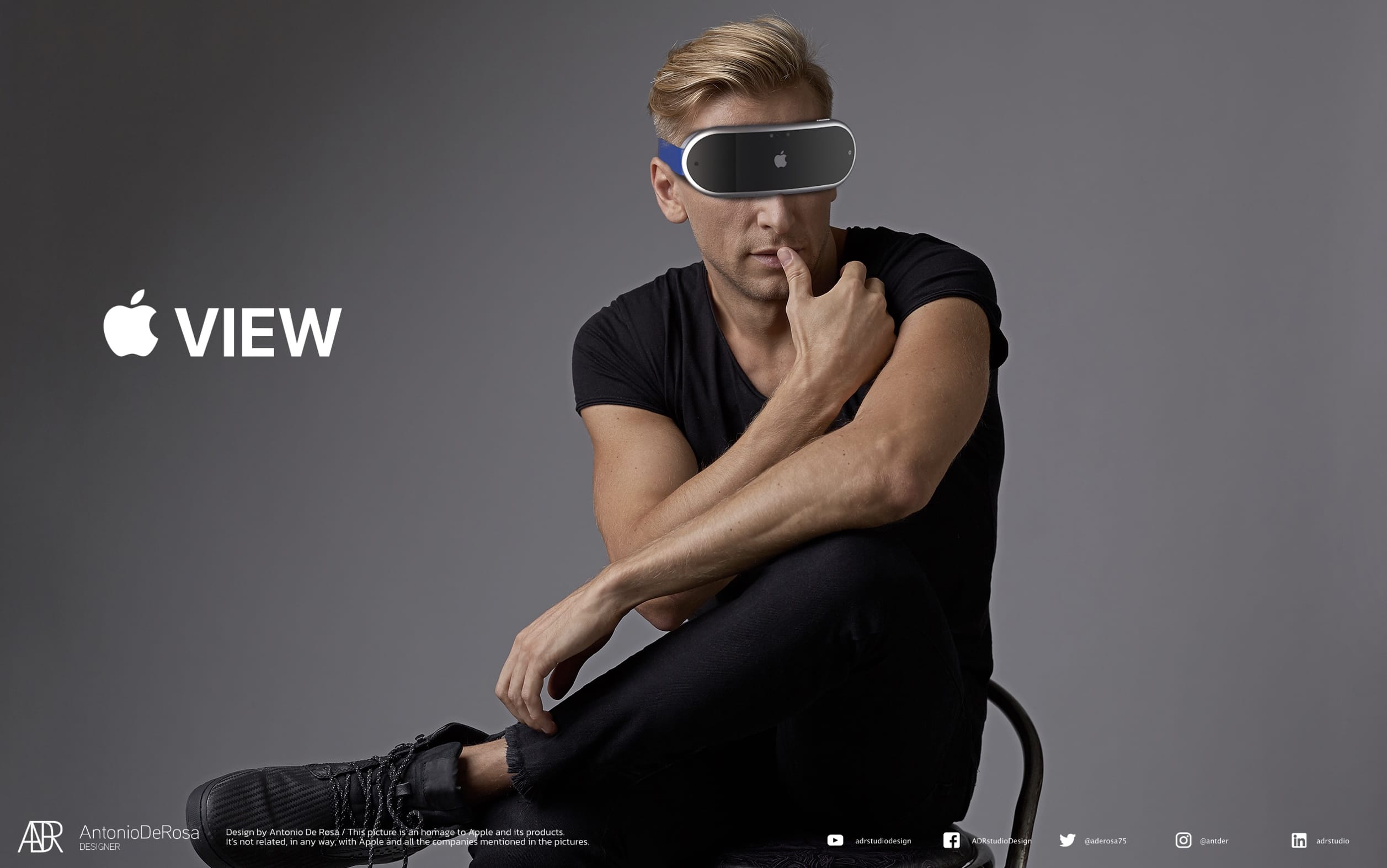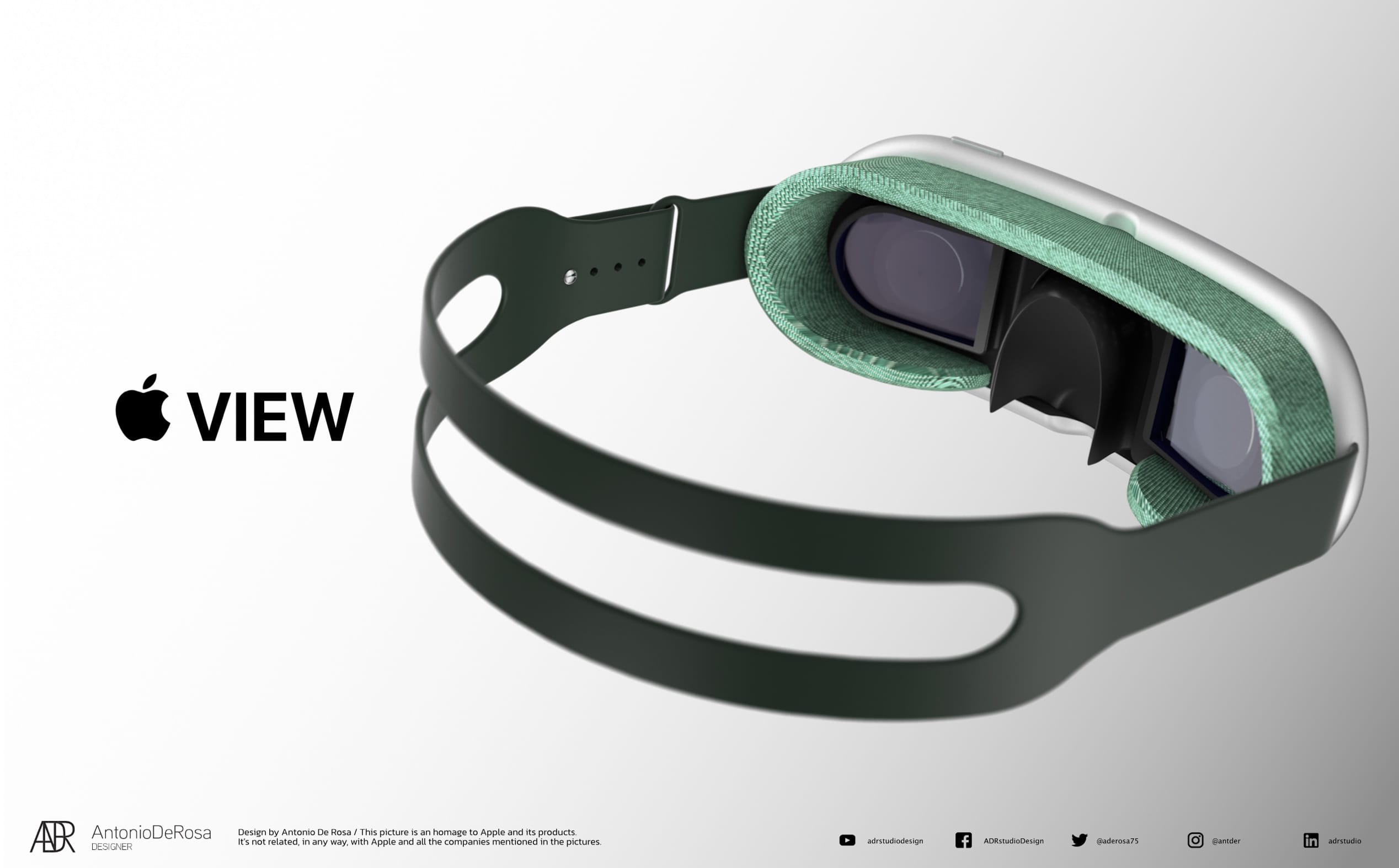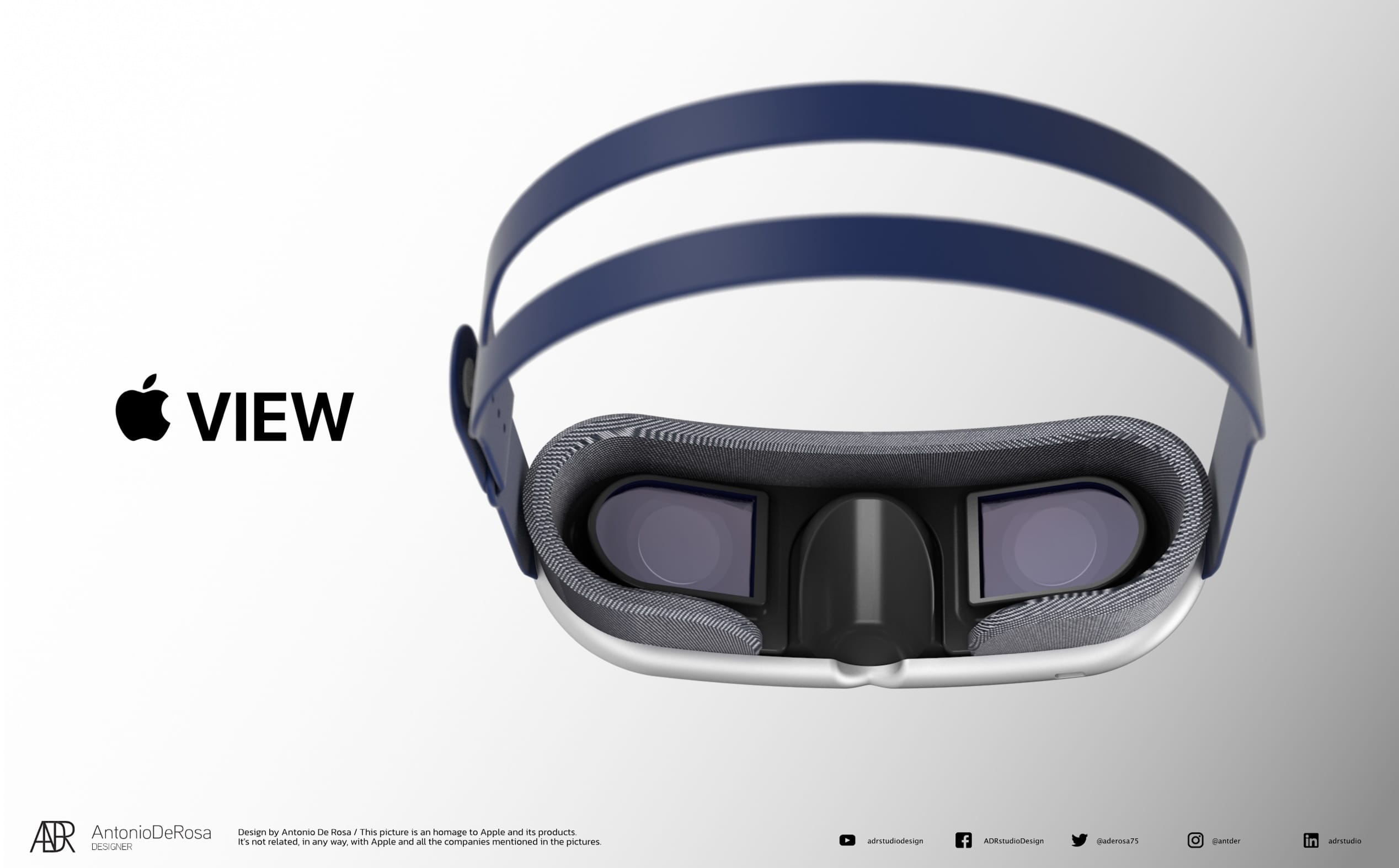Currently, Apple's most anticipated product is not so much the iPhone 15 as its first hardware for consuming AR/VR content. It has been talked about for 7 long years and we should finally see it this year. But few of us really know what we would actually use this product for.
From the very principle of the construction of the headset or, by extension, certain smart glasses, it is obvious that we will not carry them in our pockets, like iPhones, or on our hands, like the Apple Watch. The product will be installed on our eyes and will directly convey the world to us, probably in augmented reality. But if it doesn't matter how deep our pockets are, and the watch only depends on the appropriate choice of strap size, here it will be a bit of a problem.
Bloomberg's Mark Gurman has again shared some information regarding what a similar smart Apple solution will actually be able to do. According to him, Apple has a special XDG team that is researching next-generation display technology, AI and the possibilities of an upcoming headset to help its wearer with eye defects.
Apple aims to make its products usable by everyone. Whether it's a Mac, iPhone or Apple Watch, they have special accessibility features that make them usable even by blind people. What you might pay for elsewhere is free here (at least within the purchase price of the product). In addition, it is at such a level that the blind themselves can use Apple products skillfully and intuitively just based on touch and appropriate response, the same applies to those who have some hearing or motor problems.
It could be interest you

More questions than answers
All available reports on Apple's AR/VR headset indicate that it will have more than a dozen cameras, several of which will be used to map the surroundings of the user wearing the product. It can therefore project additional visual information to people who have certain visual impairments, while it could also give audio instructions to the blind, for example.
It could offer targeted features for people with diseases such as macular degeneration (a serious disease affecting the sharp vision areas of the eye organ) and many others. But there may be a problem with that. About 30 million people in the world suffer from macular degeneration, and how many of them will actually buy such an expensive Apple headset? In addition, questions of comfort will need to be answered here, when you probably won't want to wear such a product "on your nose" all day.
It could be interest you
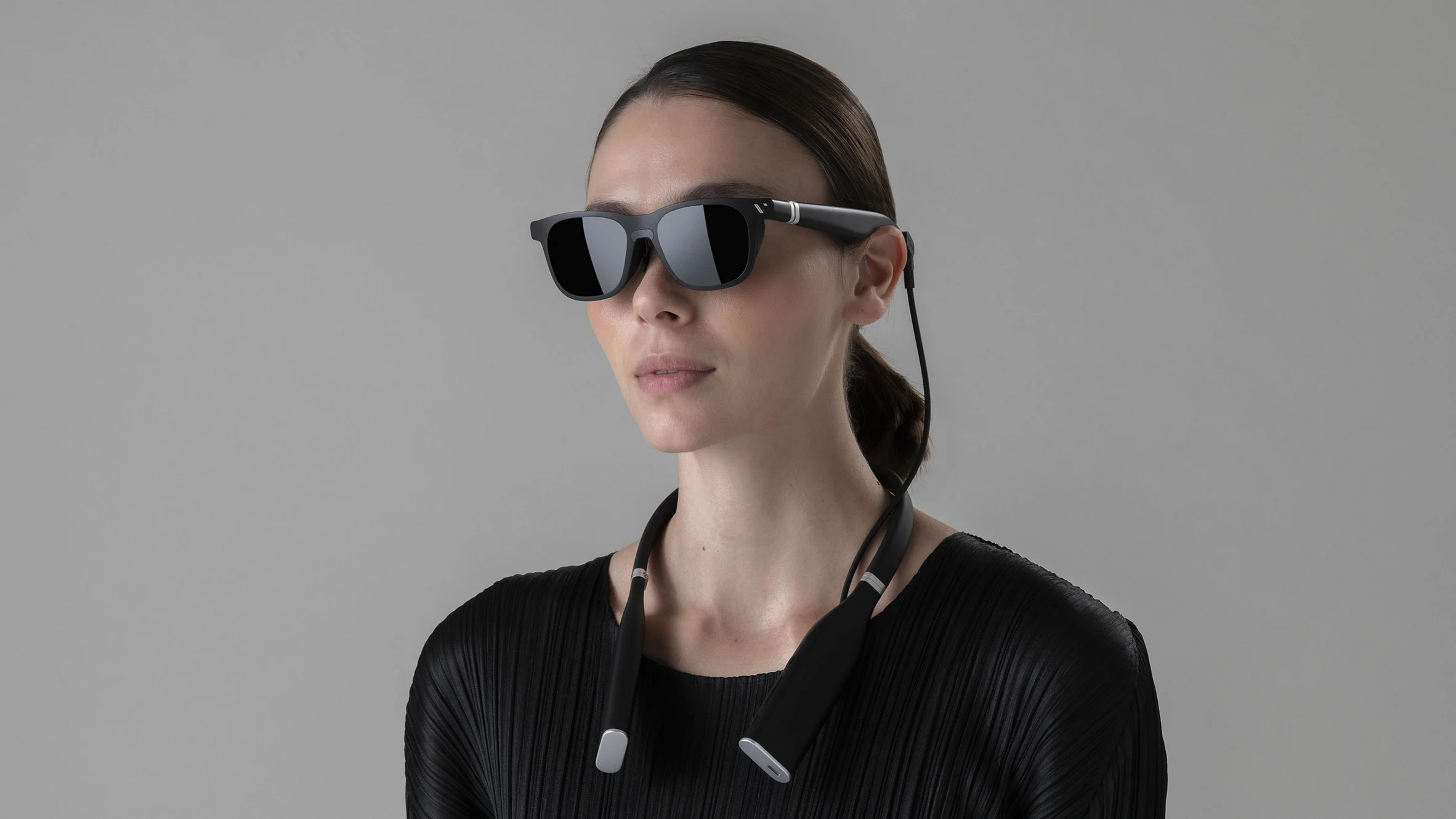
The problem here can also be that everyone has a different extent of possible disease or vision imperfection and it will be very difficult to fine-tune everything for each user in order to get a first-class result. Apple will certainly try to make its headset also subject to certification as medical devices. Even here, however, it may run into a long round of approvals, which can delay the product's entry into the market by a year or so.
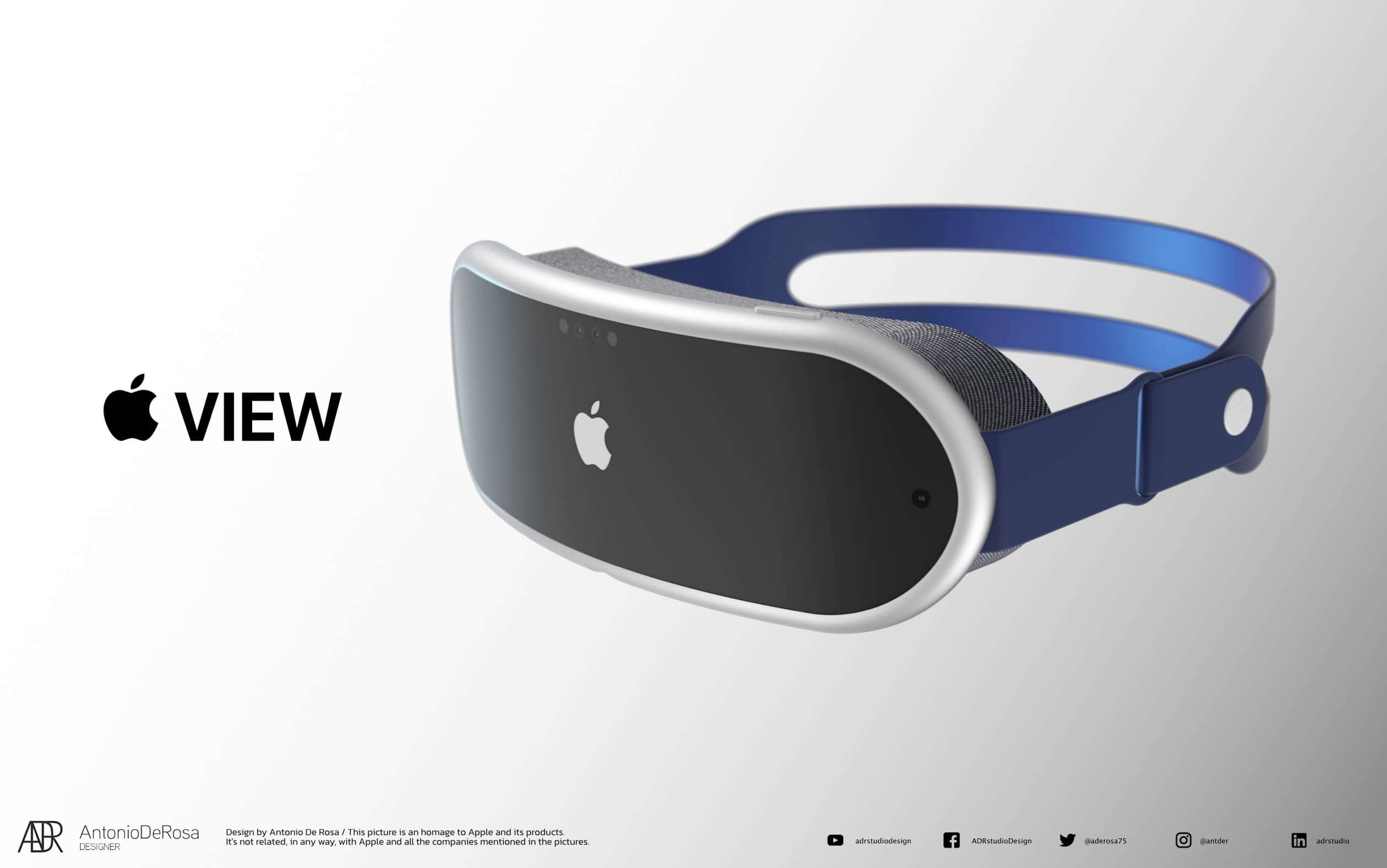
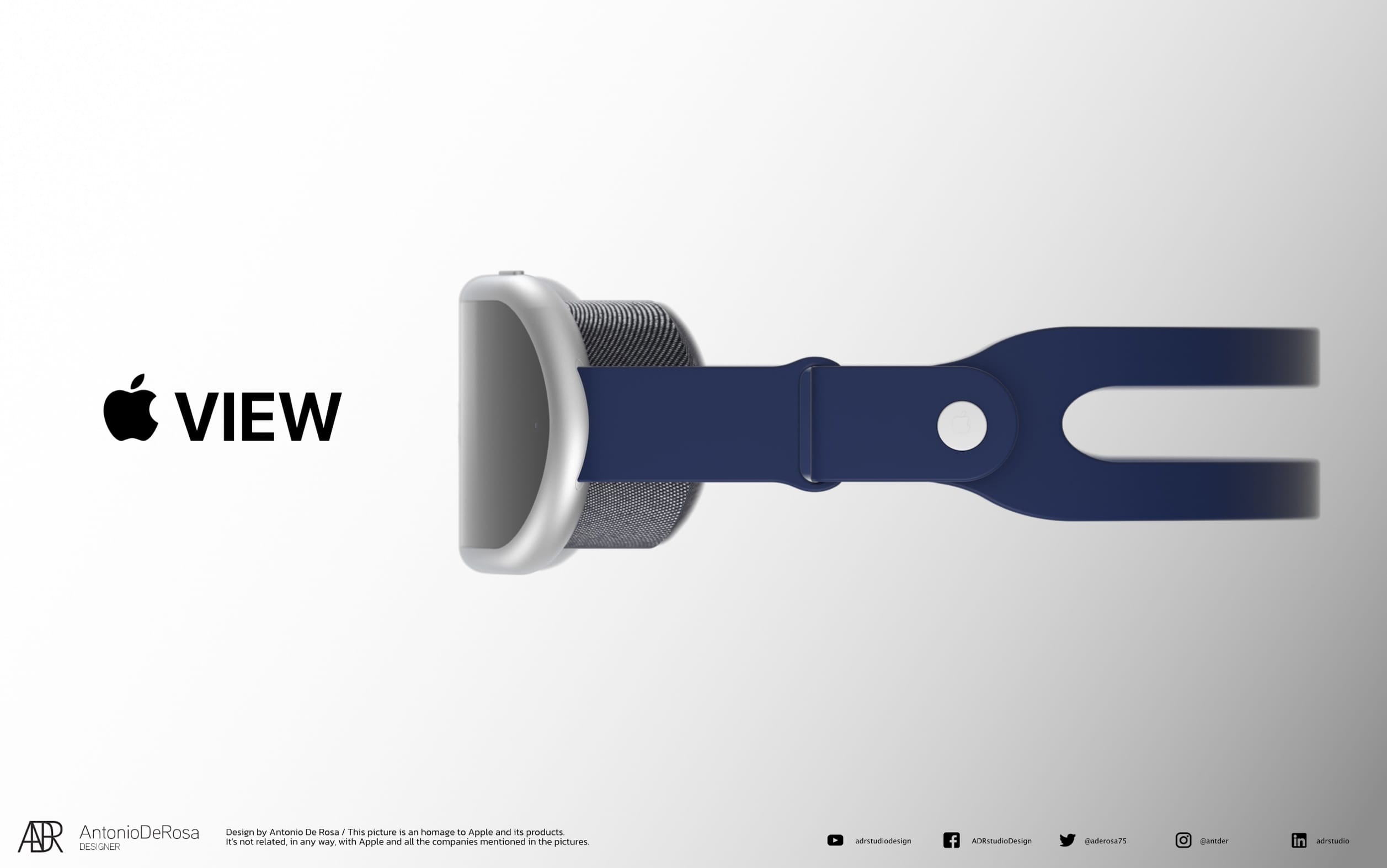
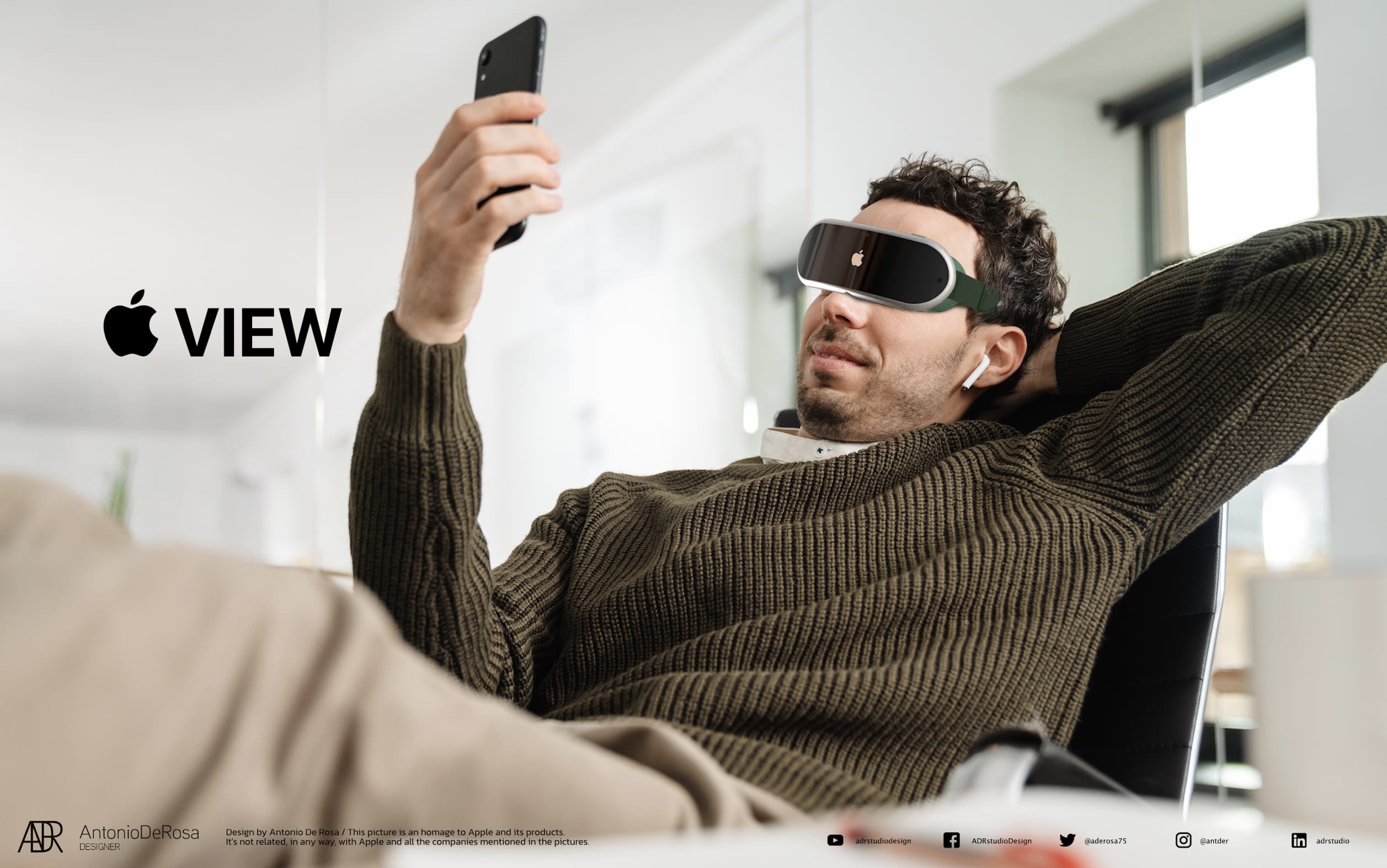
 Adam Kos
Adam Kos 